Chinese Buddhism's birthplace remains a place of pilgrimage
Updated: 2016-01-11 08:03
By Xu Lin(China Daily)
|
||||||||
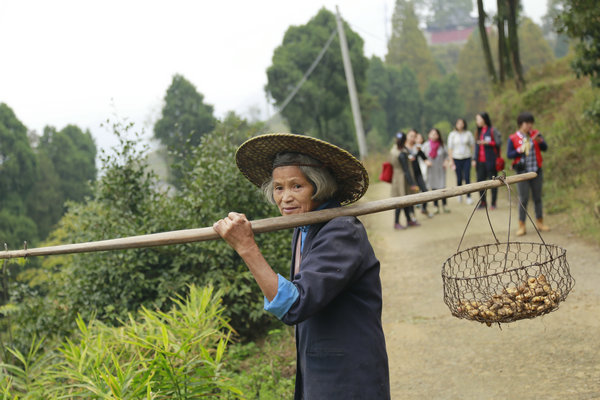 |
|
A villager in Shantouzheng village, Nanping township.[Photo provided to China Daily] |
Xu penned prose from the Guanpu Pavilion about the main cascade that crashes 30 meters down a cliff from a natural arch.
Tang Dynasty (AD 618-907) poets traversed the rivers along Xinchang city's Tianmu and Tiantai mountains and composed odes to their magnificence.
Given the symbiosis of geology and anthropology that define the bristling summits and surrounding expanse, the National Tourism Administration designated the Tiantai Mountains Scenic Area as a AAAAA attraction, China's highest rating, in October.
The county then invested 810 million yuan ($123 million) to build a 10,000-square-meter tourism center, and 32,000 sq m of accommodation and shopping, to be finished in February.
The county hopes to pitch to Japanese, Korean and Southeast Asian Buddhists, who want to worship at the source of the Tiantai tradition, says its tourism-development committee's director, Yu Changjie.
Nearby Nanping township's 12-km-long, 1,000-year-old Nanhuang Ancient Road was once the area's main logistics hub for salt, silk and tea. Today, it's a perfect place for excursions.
- Obama says US must act on gun violence, defends new gun control rules
- Over 1 million refugees have fled to Europe by sea in 2015: UN
- Turbulence injures multiple Air Canada passengers, diverts flight
- NASA releases stunning images of our planet from space station
- US-led air strikes kill IS leaders linked to Paris attacks
- DPRK senior party official Kim Yang Gon killed in car accident

 Creative designs create splash in Shanghai art center
Creative designs create splash in Shanghai art center
 Amazing ice wonderland in Beijing
Amazing ice wonderland in Beijing
 Special report: Rise and rise of China's outbound tourism
Special report: Rise and rise of China's outbound tourism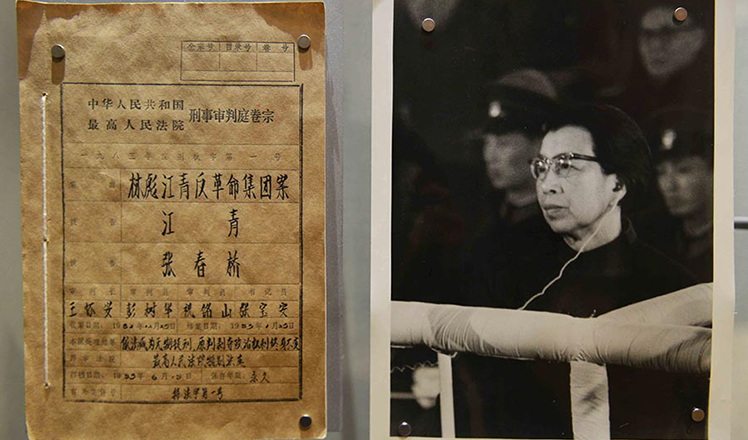
 Trial data of former senior Party officials on display
Trial data of former senior Party officials on display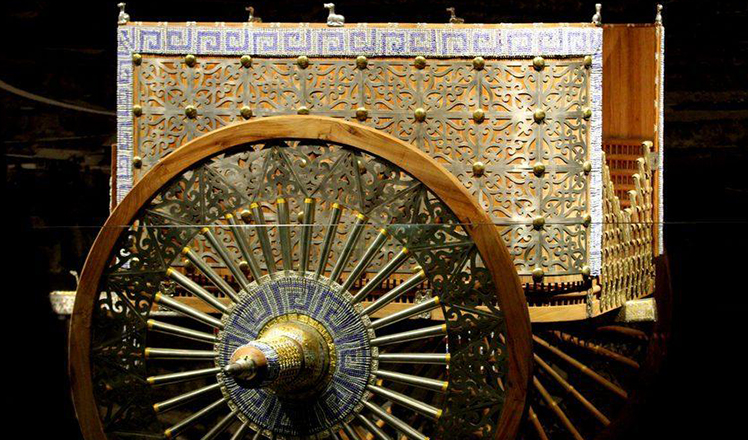
 Replica of luxurious chariot from ancient times wows Xi'an visitors
Replica of luxurious chariot from ancient times wows Xi'an visitors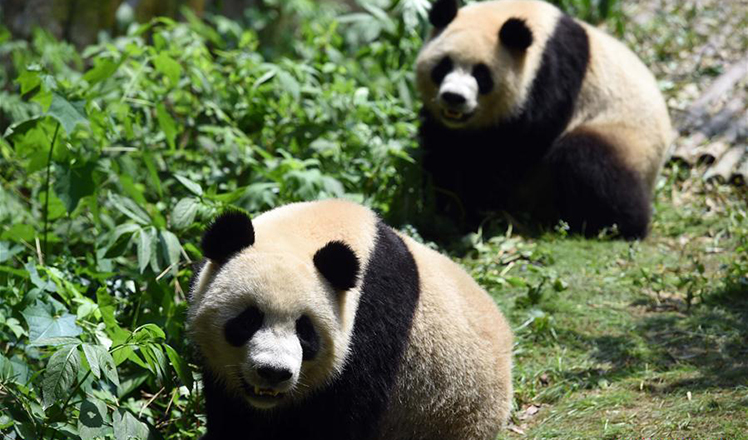
 Number of giant pandas in China reaches 422
Number of giant pandas in China reaches 422
 Attendees feel the thrill of tech at CES trade show
Attendees feel the thrill of tech at CES trade show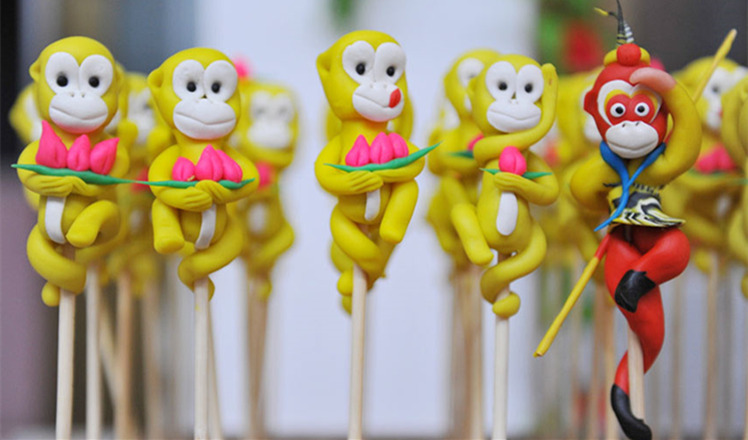
 Vivid dough sculptures welcome Year of the Monkey
Vivid dough sculptures welcome Year of the Monkey
Most Viewed
Editor's Picks

|

|

|

|

|

|
Today's Top News
Shooting rampage at US social services agency leaves 14 dead
Chinese bargain hunters are changing the retail game
Chinese president arrives in Turkey for G20 summit
Islamic State claims responsibility for Paris attacks
Obama, Netanyahu at White House seek to mend US-Israel ties
China, not Canada, is top US trade partner
Tu first Chinese to win Nobel Prize in Medicine
Huntsman says Sino-US relationship needs common goals
US Weekly

|

|







